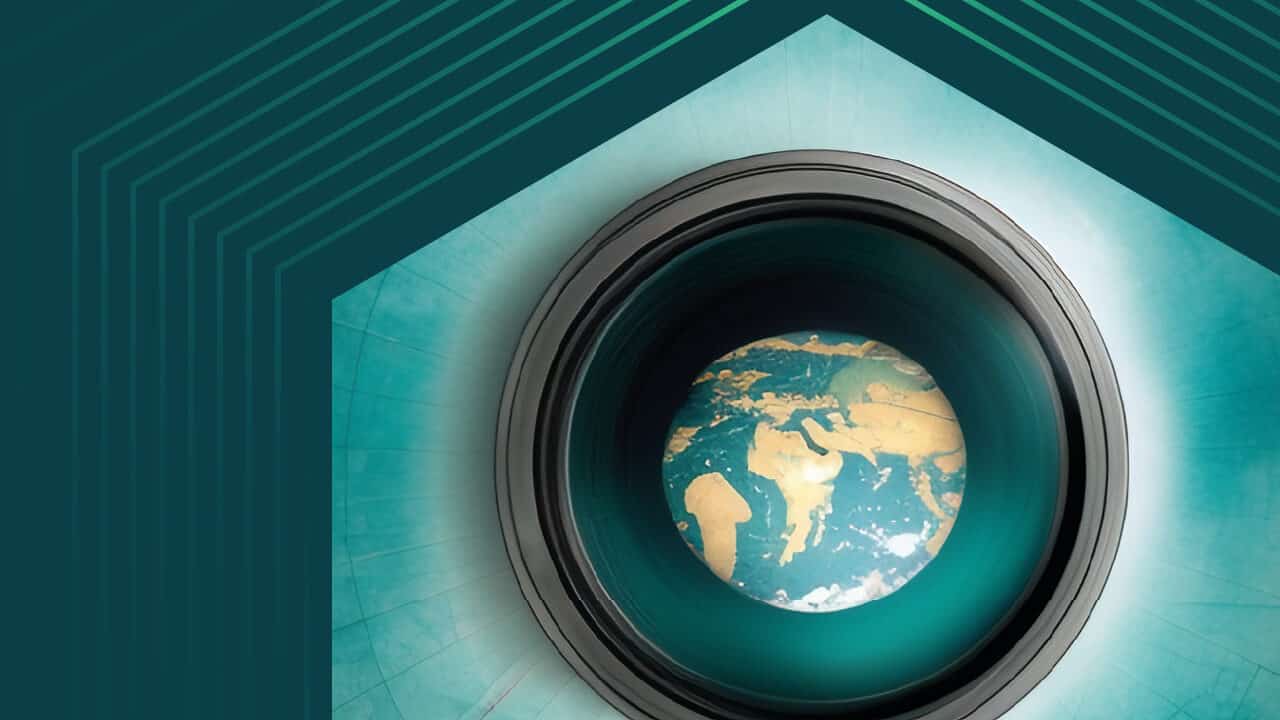
As companies continue to expand globally, the need for effective and efficient maintenance of audio-visual (AV) systems becomes increasingly important. Traditionally, this maintenance has required on-site technicians to physically visit each location in order to troubleshoot and repair any issues. However, with the advancement of technology and the increasing prevalence of remote work, it is now possible to utilize remote monitoring and maintenance for global AV systems.
Remote monitoring refers to the use of technology to remotely monitor the performance and status of AV systems from a central location. This can be accomplished through the use of sensors, software, and other monitoring devices that transmit data back to the central location. This data can then be analyzed to identify any potential issues or problems, allowing for proactive maintenance and repairs.
Remote maintenance, on the other hand, refers to the ability to remotely troubleshoot and repair AV systems without the need for an on-site technician. This can be done through the use of remote access software, allowing technicians to remotely control the AV system and make any necessary repairs or adjustments.
There are several benefits to implementing remote monitoring and maintenance for global AV systems. One of the primary benefits is cost savings. On-site technicians can be expensive, especially when traveling internationally. By utilizing remote monitoring and maintenance, companies can save on travel costs and reduce the need for on-site technicians.
In addition to cost savings, remote monitoring and maintenance can also result in time savings. Traditional on-site maintenance can be time-consuming, especially when traveling long distances. With remote monitoring and maintenance, technicians can troubleshoot and repair issues from a central location, reducing the amount of time required for maintenance.
Another benefit of remote monitoring and maintenance is increased efficiency. By continuously monitoring the performance of AV systems, companies can identify and address issues before they become major problems. This proactive approach to maintenance can help to prevent costly downtime and ensure that AV systems are operating at their best.
There are several examples of successful implementation of remote monitoring and maintenance for global AV systems. One case study involves a multinational corporation that operates in multiple countries around the world. The company implemented a remote monitoring and maintenance system for their AV systems, allowing them to more effectively and efficiently maintain their systems. As a result, the company was able to reduce costs and improve the performance of their AV systems.
Another case study involves a government agency that operates AV systems in various locations throughout the country. The agency implemented a remote monitoring and maintenance system, which allowed them to quickly identify and resolve any issues with their AV systems. This resulted in a significant reduction in downtime and an overall improvement in the performance of their AV systems.
There are, however, some challenges to implementing remote monitoring and maintenance for global AV systems. One potential challenge is language barriers. If technicians are located in a different country and do not speak the local language, it can be difficult to communicate with on-site personnel. This can be overcome through the use of translation software or by hiring technicians who are fluent in multiple languages.
Cultural differences can also be a challenge when implementing remote monitoring and maintenance for global AV systems. It is important to understand and respect the cultural norms and practices of the countries in which the AV systems are located.
Finally, there may be technical difficulties when implementing remote monitoring and maintenance for global AV systems. Ensuring that the necessary technology is in place and functioning properly is crucial to the success of the system. This may require the installation of additional hardware or software, as well as ongoing maintenance and updates. In conclusion, remote monitoring and maintenance is a valuable tool for companies with global AV systems. It allows for cost savings, time savings, and increased efficiency in the maintenance and operation of these systems. While there are challenges to implementing remote monitoring and maintenance, such as language barriers, cultural differences, and technical difficulties, these challenges can be overcome through careful planning and the use of appropriate technologies. By embracing remote monitoring and maintenance, companies can more effectively and efficiently maintain their AV systems and ensure that they are operating at their best.